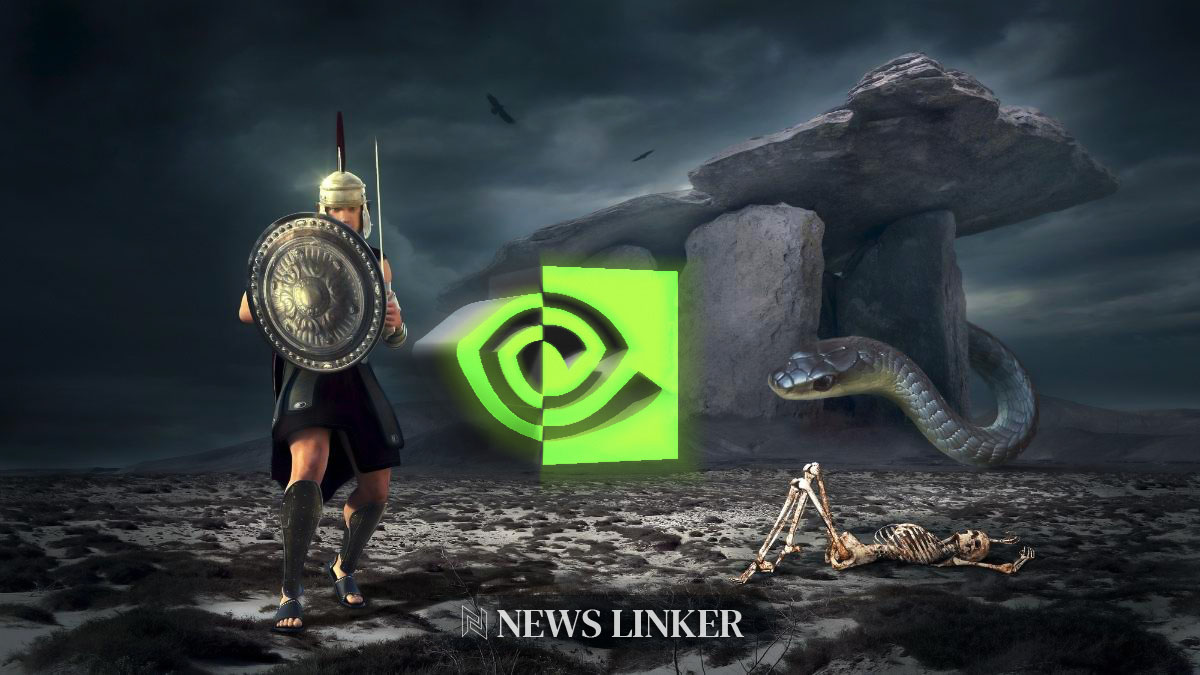NVIDIA‘s research teams presented groundbreaking findings at the IEEE International Conference on Robotics and Automation (ICRA) in Yokohama, Japan. Their research focused on geometric fabrics and the application of low-level controllers to enhance the performance and safety of robotic systems. The new approach allows these controllers to be vectorized, making them available during both training and deployment. This innovative method promises to significantly improve the stability and robustness of robots, particularly those employing reinforcement learning (RL) policies.
NVIDIA’s latest work builds on prior research, particularly the projects involving geometric fabrics and DeXtreme manipulation tasks. Previous studies highlighted the challenges faced during real-world experiments, such as the wear and tear on robot components and the occasional breakdowns. These setbacks underscored the need for a more resilient approach. The new vectorized controllers mitigate these issues by ensuring smoother and safer robotic operations. This advancement not only enhances the reliability of the robots but also allows for more aggressive policy deployment and testing without risking hardware damage.
In recent years, NVIDIA has made significant strides in applying RL and geometric fabrics to robotics. Earlier research demonstrated the potential of geometric fabrics in capturing the physics of behavior, which won accolades at past ICRA events. The integration of DeXtreme’s in-hand manipulation tasks with these controllers marks a critical step towards bridging the gap between simulation and real-world applications. By systematically refining the training process through domain randomization and quick iteration, NVIDIA aims to achieve a seamless simulation-to-reality transition that could revolutionize industrial robotics and other fields.
Advancements in Geometric Fabrics
Geometric fabrics are approximate by nature, often leading to unpredictable robot behavior such as excessive speed, collisions, or jerking movements. NVIDIA’s solution involves deploying trained policies with an additional layer of low-level controllers that intercept and refine commands. This method is particularly effective when using RL-trained policies on physical robots, ensuring hardware limitations are mitigated during both training and deployment phases.
Revolutionizing Humanoid Robots
In practical scenarios, companies developing humanoid robots can leverage these low-level controllers to maintain balance and prevent self-collision. By vectorizing the controllers with GPU-accelerated RL training tools, researchers can ensure these controllers are consistently available, thereby enhancing the overall stability and performance of the robots.
Key Takeaways for Implementation
From their research, NVIDIA has devised several strategies for improving robotic systems. These include:
- Utilizing vectorized controllers for both training and deployment phases.
- Employing domain randomization techniques to enhance robustness.
- Integrating geometric fabrics with RL policies for better policy learning.
- Ensuring the safety and longevity of robotic hardware through refined control systems.
ICRA Presentations and Future Prospects
In addition to the geometric fabrics research, NVIDIA presented several other papers at ICRA. These included SynH2R for synthetic human grasping motions, Out of Sight, Still in Mind for robotic memory tasks, Point Cloud World Models for improved robotic learning, and SKT-Hang for object hanging tasks. Each of these projects contributes to the broader goal of enhancing robotic capabilities and reliability.
NVIDIA also showcased ORBIT-Surgical, a simulation framework for surgical robots that uses photorealistic rendering and GPU parallelization. This framework aims to improve robot learning and synthetic data generation for surgical tasks, highlighting NVIDIA’s commitment to advancing robotics in diverse fields. Partners like ANYbotics and Franka Robotics also unveiled their latest developments, further underscoring the collaborative efforts in driving innovation.
The convergence of these advanced research efforts points towards a future where robots are more reliable, adaptable, and capable of performing complex tasks with higher precision. NVIDIA’s contributions, especially in geometric fabrics and RL, set a new standard for robotic training and deployment, promising safer and more efficient robotic systems for various applications.










